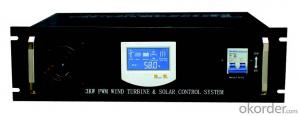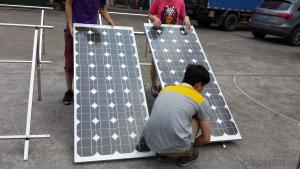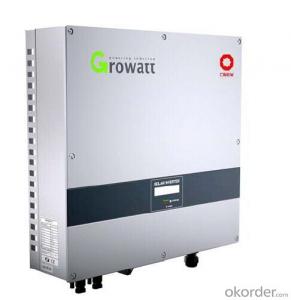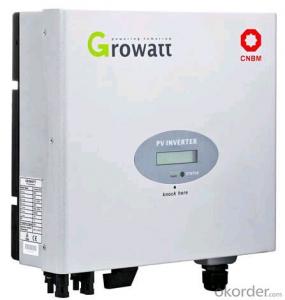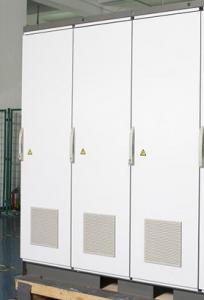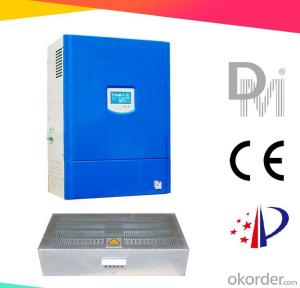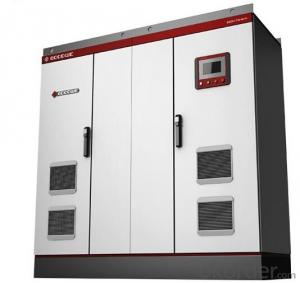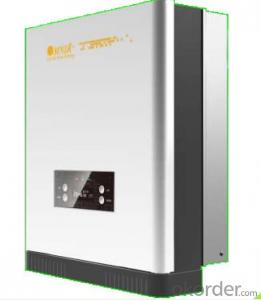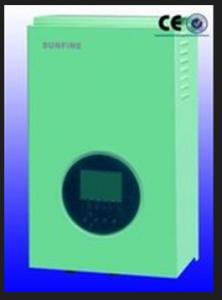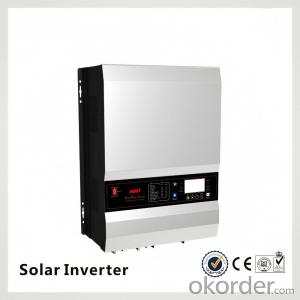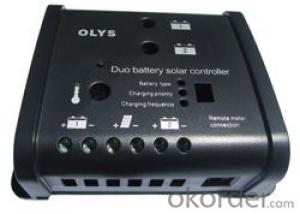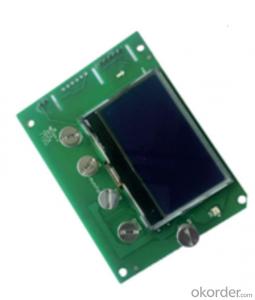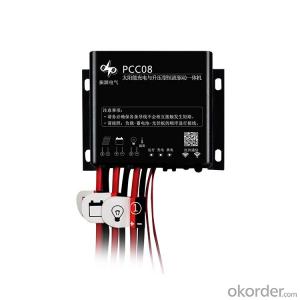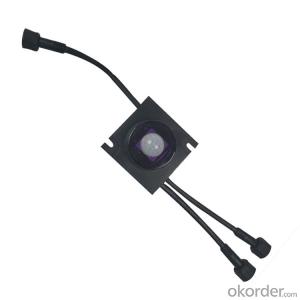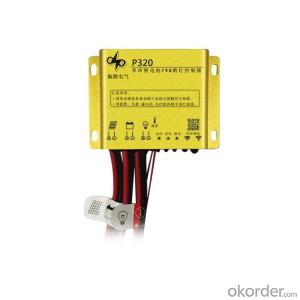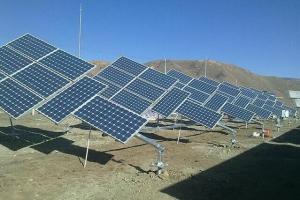On-Grid Hybrid Solar Inverter
On-Grid Hybrid Solar Inverter Related Searches
On Grid Hybrid Solar Inverter Solar Hybrid Inverter On Grid Hybrid Solar Inverter On Grid Off-Grid Solar Inverter Off Grid Solar Hybrid Inverter Off Grid Hybrid Solar Inverter Solar Hybrid Off Grid Inverter On Grid Solar Inverter On Grid Solar Power Inverter Hybrid Solar Inverter Off Grid Hybrid Solar Inverter On Grid Inverter Solar Solar Hybrid Inverter On Grid Solar System Inverter On Off Grid Solar Inverter Solar Inverter Hybrid Inverter Solar Hybrid Solar System Hybrid Inverter Hybrid Solar Power Inverter Inverter Hybrid Solar Hybrid Inverter Solar Solar Edge Hybrid Inverter Hybrid Solar Inverter System Solar Inverter On/Off Grid Solar Off Grid Inverter Solar Hybrid Inverter System Off Grid Inverter Solar Offgrid Solar Inverter Solar Micro Inverter Off-Grid Off Grid Solar Power InverterOn-Grid Hybrid Solar Inverter Supplier & Manufacturer from China
On-Grid Hybrid Solar Inverters are advanced power conversion devices that integrate solar energy with the utility grid. These inverters play a crucial role in harnessing solar power by converting the direct current (DC) generated by solar panels into alternating current (AC) that can be fed into the grid or used by household appliances. They are designed to optimize energy efficiency and ensure a seamless transition between solar power and grid power, providing a reliable and sustainable energy solution.The application of On-Grid Hybrid Solar Inverters spans across various usage scenarios, including residential, commercial, and industrial settings. They are particularly beneficial in areas with fluctuating electricity demand or unstable grid conditions, as they can store excess solar energy in batteries and release it when needed. This feature not only helps in reducing electricity bills but also contributes to grid stability by providing backup power during peak demand or grid outages.
Okorder.com is a reputable wholesale supplier of On-Grid Hybrid Solar Inverters, boasting a vast inventory that caters to the diverse needs of customers worldwide. With a commitment to quality and customer satisfaction, Okorder.com offers a comprehensive range of inverters from leading manufacturers, ensuring that clients have access to the latest technology and reliable performance. Their extensive inventory and competitive pricing make Okorder.com a preferred choice for those seeking to invest in sustainable energy solutions.
Hot Products
